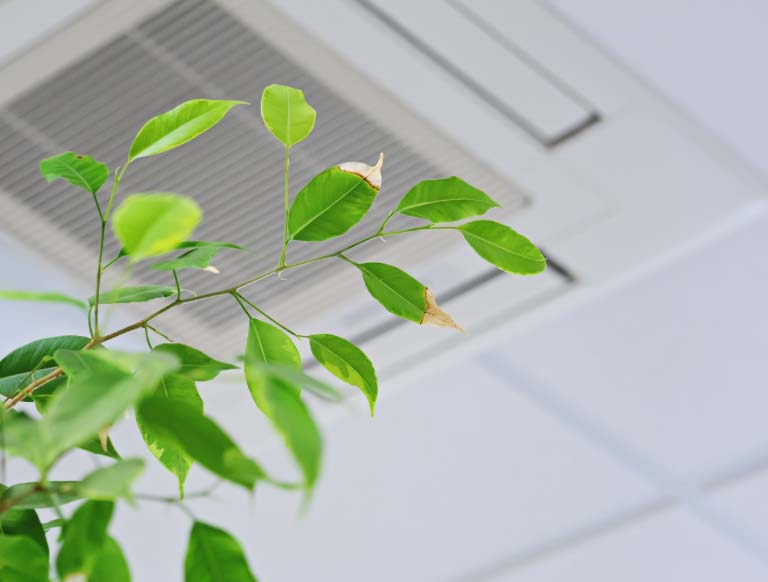Fire Damper Types: Learn about the Differences
Explore the essential roles and types of fire dampers, including mechanical and motorised, for building safety.
.png)
Fire dampers are crucial in preventing the spread of fire through ductwork, making them integral to a building's safety infrastructure. They provide occupants with the time needed to evacuate safely and offer emergency services the time necessary to perform their duties.
Understanding Fire Dampers
A fire damper is a safety device installed in heating, ventilation, and air conditioning ductwork where the ductwork penetrates fire-rated boundaries, typically rooms, doors, ceilings and floors. Without a fire damper, these penetrations could create a vulnerability that allows a fire to spread. In the event of a fire, the dampers close to contain the fire and limit its spread. This mechanism is critical for containing and managing fire risk.
Types of Fire Dampers
Not all fire dampers are the same; they come in different varieties to suit various applications. Fundamentally, there are two other variations of fire dampers.
Mechanical Fire Dampers
Mechanical fire dampers, also known as thermal fire dampers, are designed to close when the temperature reaches a certain threshold, typically around 74°C. The closure is triggered by a thermally actuated device, often a fusible link, which melts at the predetermined temperature. After the connection melts, the damper's blades shut, closing the duct to stop the fire from moving to other areas of the building. These dampers are typically passive and remain in the open position during regular operation. The limitation of relying on thermal indicators is that this is only suitable for fire detection, not cold smoke, which can not only be a precursor to a developing fire but also toxic if inhaled.
Motorised Fire Dampers
Motorised fire dampers are usually connected to a smoke detection system via an actuator or other device. When the fire alarm system is triggered, it sends a signal to the actuator to close the fire damper. This signal will also be prompted for fire alarm systems that detect smoke, not just fire. So, this action prevents the spread of smoke through the ductwork before a fire actually breaks out. Some actuated dampers can also be reopened to direct captured smoke to unoccupied parts of the building, thus offering the building more control.
Professional Fire Damper Organisations
Partnering with a professional organisation, such as System Hygienics, for all areas of installation, maintenance, and testing of fire dampers is a strategic move. System Hygienics brings a wealth of expertise and industry-certified standards to ensure that fire dampers are installed correctly, maintained regularly, and thoroughly tested. Their comprehensive services guarantee that these critical safety devices are always in optimal condition, offering peace of mind and enhancing a building's safety infrastructure.
Whether it's addressing the complex needs of mechanical fire dampers or ensuring the sensitive triggers of thermal and motorised dampers are accurately calibrated, a partnership with System Hygienics ensures that a building's fire dampers are managed by professionals dedicated to safeguarding property and lives. Get in touch with System Hygienics today!



